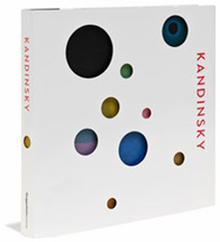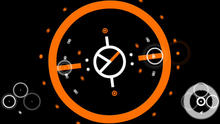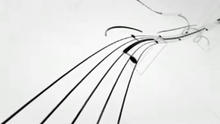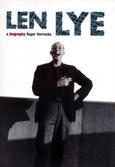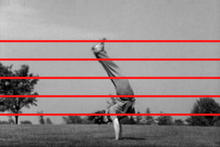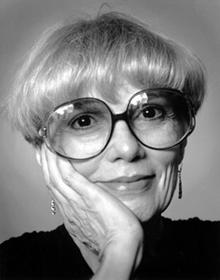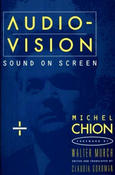Notations 21
(2009)by Theresa Sauer features illustrated musical scores from more than 100 international composers, all of whom are making amazing breakthroughs in the art of notation.
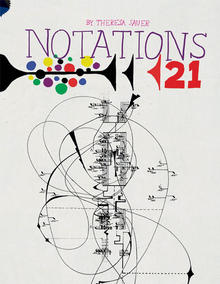
Drawing inspiration from John Cage’s, Notations, Notations 21 features illustrated musical scores from more than 100 international composers, all of whom are making amazing breakthroughs in the art of notation. These spectacularly beautiful and fascinatingly creative visual pieces not only make for exciting music, but inspiring visual art as well. The scores are accompanied by written contributions from the artists that explore every facet of their creative processes, from inspiration to execution. Contributors include the likes of Karlheinz Stockhausen, Earle Brown, Halim El-Dabh, Joan La Barbara, and Yuji Takahashi, as well as emerging composers whose compositions are also visually astounding and important.
Source: Mark Batty Publisher
As Cage sampled the notational evidence at mid-20th Century, Notations 21 is timely with its view of score practice early in the 21st century. Like Cage’s book, numerous composers are represented (here over 100), placed not according to the type of music but alphabetically.
Composers were asked to contribute a small section of one or more compositions and were asked to write a statement or description about their work. Several of those commissioned treated the book as a forum and submitted essays on topics such as notation, contemporary music, graphic notation and the creative process. I totally agree with Sauer – "all are completely fascinating and unique." At 320 pages, 8 1/2 x 11 inches format and color used throughout, this is a gorgeous book, as visually striking as it is provocative. (...)
Theresa Sauer takes a cue from composer Earle Brown. After quoting the innovative composer on open or available form she writes "In other words, the identity of notation comes from its purpose for the creation of music, a phenomenon that can allow for spectacular variations in musical scores (Foreword p. 10)." She writes that she has "examined this phenomenon and the impact it has had on performance as well as our collective consciousness as consumers of art and music." The result is Notations 21.
Source: New Music Connoisseur
ISBN-10: 0979554640
ISBN-13: 978-0979554643

